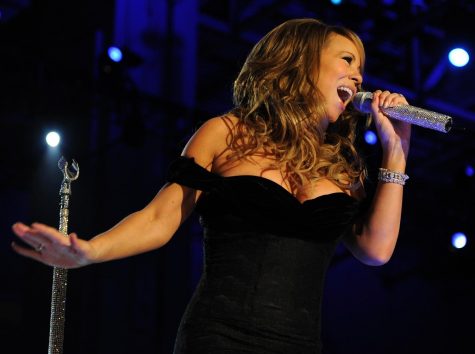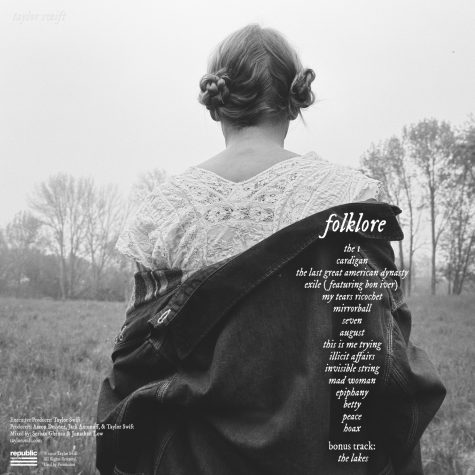Edge of Seventeen provides insight on teenage years
December 16, 2016
Milestones make up each and every birthday, whether it be entering the double digits of age at 10 or stepping into the jungle of high school at 14. But what’s 17’s milestone? Nothing. Seventeen years old is the unpleasant middle ground between awkward teen years and full blown adulthood. At 17’s stand still, you reflect on the high of 16: getting your license and sweet sixteen. Also, you both anticipate and fear the responsibility of 18: voting, juggling your credit score, and handling college’s independence. The Edge of Seventeen, a deceptively deep coming of age story, perfectly gets across the awkwardness of 17 and the rough transition that is to come with adulthood.
The movie exceeded my expectations by offering a fresh take on the average coming of age story.
The film follows Nadine (Hailee Steinfeld), a hormonal high school junior, as she navigates life. A dysfunctional family, a demanding high school agenda and a boy obsession make up Nadine’s world. The film follows Nadine’s journey to self-love and maturity and all the drama along the way.
First, the film’s main character is extremely relatable, contrasting the norm. When asked to name the teen comedy of the century, Mean Girls immediately comes to mind, but it severely lacks relatability. From thinking Ashton Kutcher is a band to becoming the catty queen bee overnight, Cady Heron is simply outrageous and unrelatable. Regina George was right when she said, “She’s like a martian!”
Nadine, on the other hand, is the spitting image of a teenager, from her potty mouth to her moodiness. Nadine is an acquired taste like all teens, and weirdly, you can’t help but see a bit of yourself in her. Simply put, The Edge of Seventeen’s relatability makes it brilliant.
Secondly, the film cleverly and oftentimes slyly comments on important themes, avoiding a parental tone. Serious themes the film touches on include teenage angst, family relationships, coping mechanisms and love: all themes central to adulthood. What stuck out to me most is the way the filmmakers brilliantly contrasted functional and dysfunctional families. Right from the get-go, it’s clear that Nadine’s household is anything but picture perfect.
As a shield, Nadine throws sarcasm left and right, is closed off, and falls into depression, revealing the toxic effects of a broken family. In contrast, Nadine’s history professor, Mr. Bruner (Woody Harrelson), has a loving wife and son representing a happy, healthy home.
Edge of Seventeen appropriately addresses multiple taboo topics, BUT the Edge of Seventeen filmmakers didn’t address one taboo topic appropriately: suicide. The movie opens with Nadine nervously confessing “I don’t want to take up a ton of your time, but I’m going to kill myself,” to Mr. Bruner. Talk about an attention getter! Immediately after those words were spewed, I anxiously waited for the teacher’s response, fearing the movie would make light of suicide, and my fear came true. Mr. Bruner mocked Nadine’s serious claim by reading a pretend suicide note of his own. Instead of twisting suicide into a comedic bit, I wish the writers would have taken a more serious approach. Sitting through the rest of the film, I watched with a wary eye, but the writers tackled all other touchy subjects in a comedic light.
As the credits began to roll and round of applause to flow, I got up to leave the movie theater. On my way out, I passed an elderly man dancing to the credits music, and I couldn’t help but join in! After watching The Edge of Seventeen, you can’t help but feel good knowing the normalcy of your awkward teenage years.











